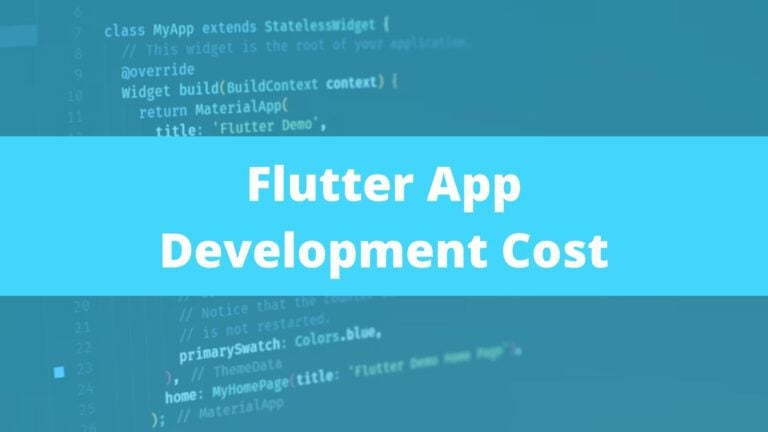Benefits of Progressive Web Apps (PWAs)

Creating an app is a costly and time-consuming process. Have you ever heard someone saying that? Or perhaps that’s what you believe is true? If so, we want to show you a technology that casts doubt on that statement. We want to show you progressive web apps (or PWAs). What are they all about? And what are their benefits? Let’s have a look.
PWAs have been around for some time now. In fact, Google introduced this technology for the first time back in 2015. The goal was simple: to create an app that behaves like a website. And thanks to technologies such as JavaScript, HTML, and CSS, they’ve managed to achieve this goal.
So when we speak about progressive web apps, we mean digital products (mostly for mobile devices) that look and work like websites. What does it mean in practice?
How PWAs work
Progressive web applications are still normal apps, but they are 100% web-based. This means that they are stored in online servers (just like it happens with typical websites) and can be shared via the internet. The only thing that you need to open such an app is a device with an Internet connection and a web browser. Of course, the vast majority of PWAs require the user to log in using their nickname and password, but that’s up to the app’s owner.
Check Programming for Schoolchildren
A good example of such an app is m.uber.com. All you need to do is enter this web address using your smartphone or tablet, enter user data, and you can use Uber’s app without downloading and installing it on your device. Brilliant in its simplicity, right?
And the fact that progressive web apps work this way means they entail a lot of interesting benefits. Let’s examine them more closely.
The benefits of PWAs
The first thing you need to know is that because PWAs operate based on a web browser, they can be viewed and used from any device. In other words, PWAs put an end to the Android vs. iOS discussion. It’s the best of both worlds!
Check Julia Vs Python
This, in turn, means that if you want to reach all possible users, you don’t have to create two (or more) separate apps. As a result, the process of developing a PWA is easier, quicker, and, above all, substantially cheaper.
Let’s go further. Because PWAs are so easy to use (users have to do fewer things to start using them), they significantly shorten the sales funnel. All content and features are almost immediately available. No downloading, no installing, no updating. Because of that, PWAs are 100% maintenance-free, at least from the users’ perspective, which significantly contributes to the app’s UX.
Check Outsource Mobile App Development
The next thing you need to know is that PWAs consume fewer resources, so they are quick and efficient. There are no lags or additional components that take up the memory in your phone. Some of them even work with a very poor internet connection.
Things to analyze
Of course, PWAs are not flawless. For example, they don’t always have access to all the functions and features in the user’s device. So if you want to create an app that has access to the contact list, camera, and several other elements, you probably will still need to develop a so-called native app (designed exclusively for a specific operating system). There are also other possible limitations that you have to think about before you make an informed decision.
If you are interested in developing a PWA for your organization, take a look at this blog post: Benefits of progressive web apps. You will discover other examples of PWAs and additional questions to consider before deciding how to develop a new digital product.





